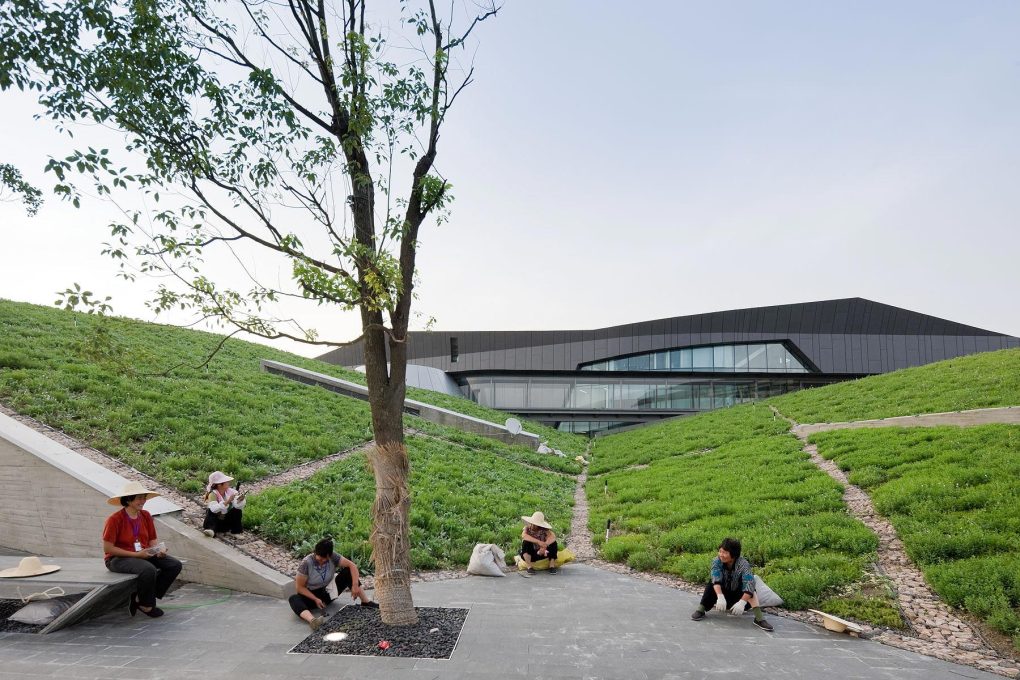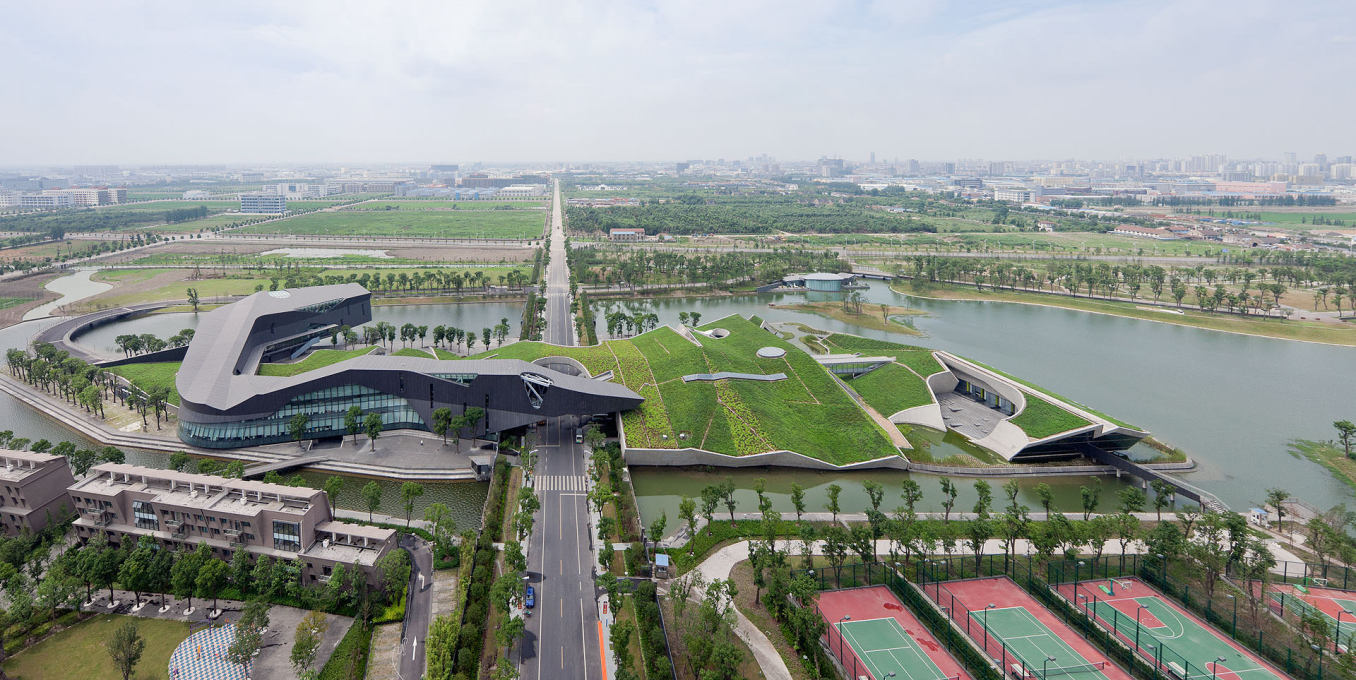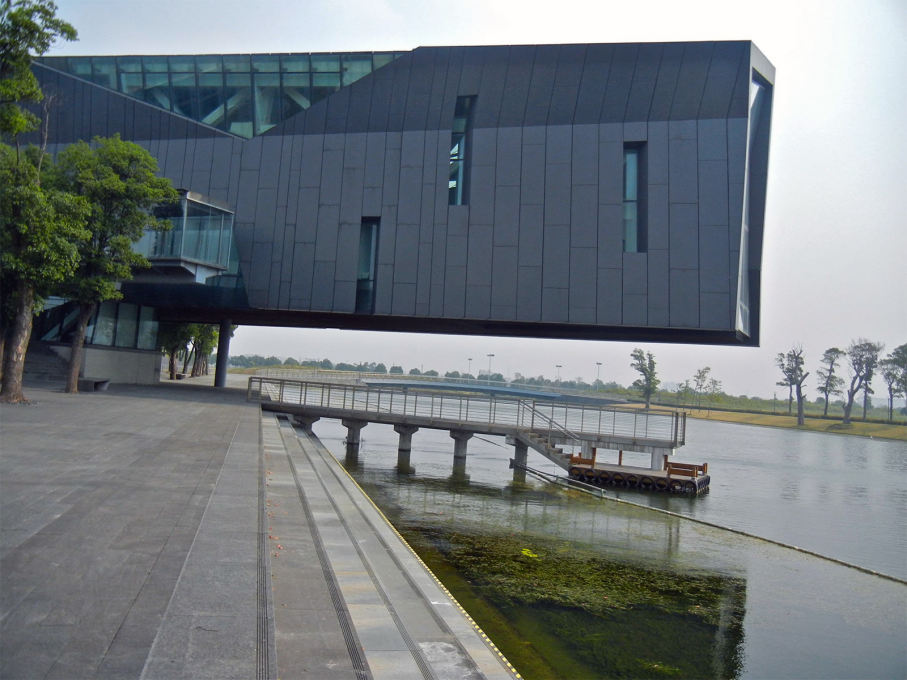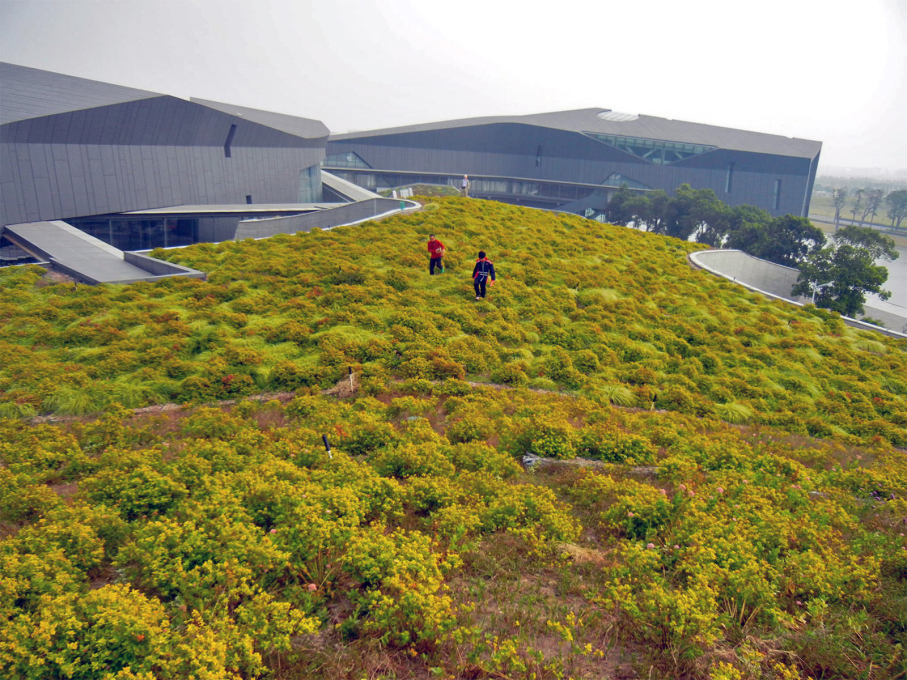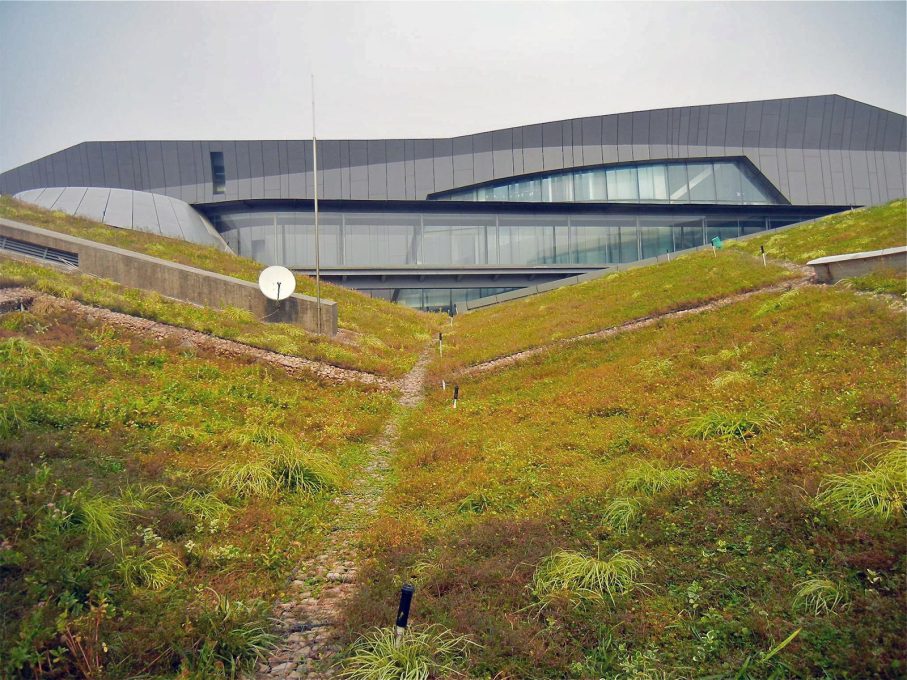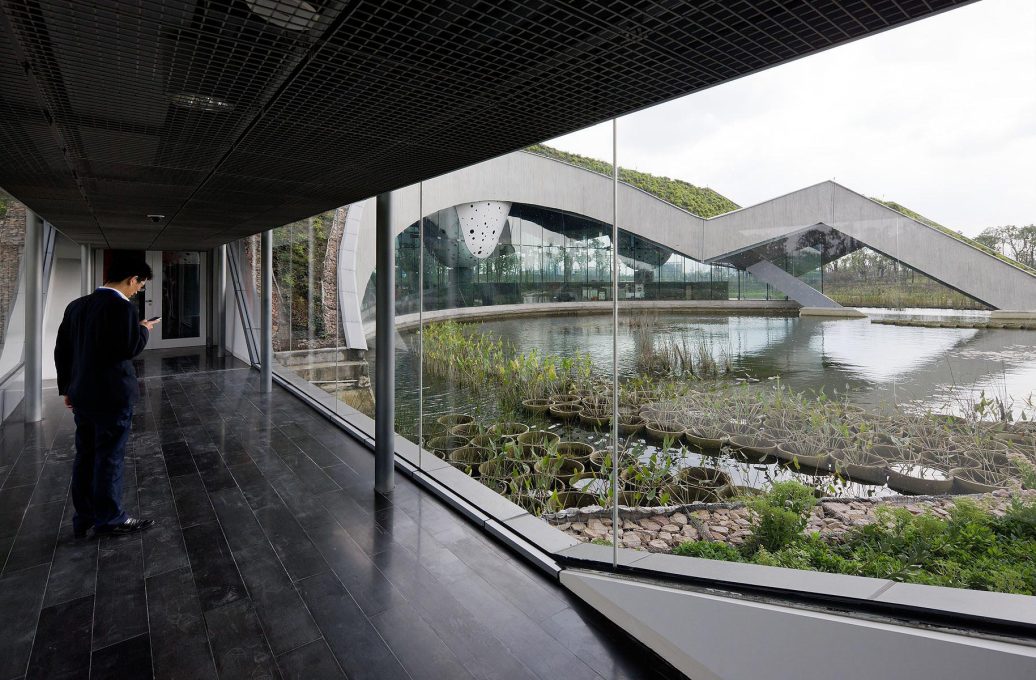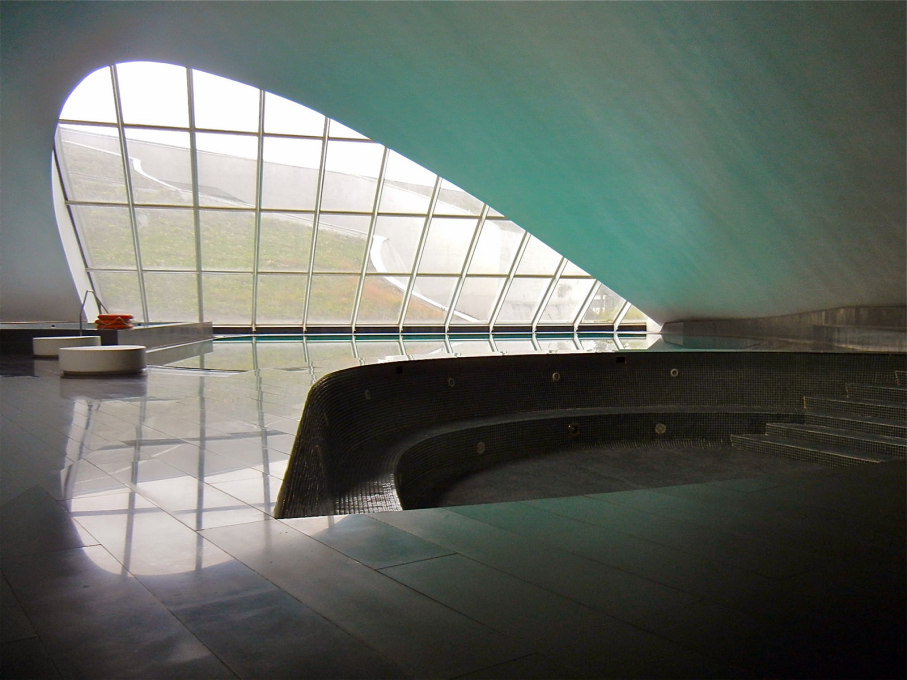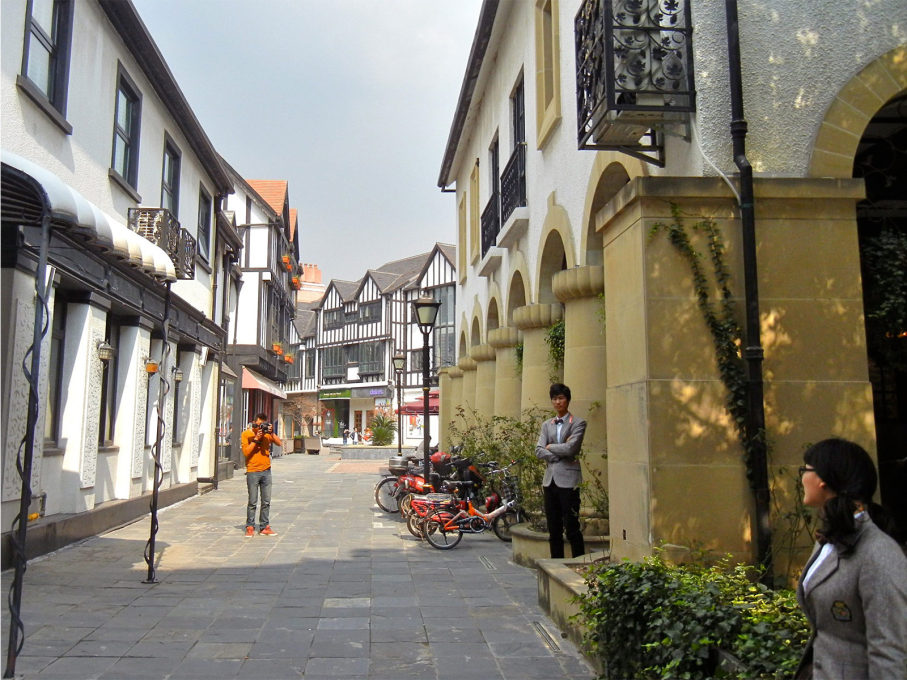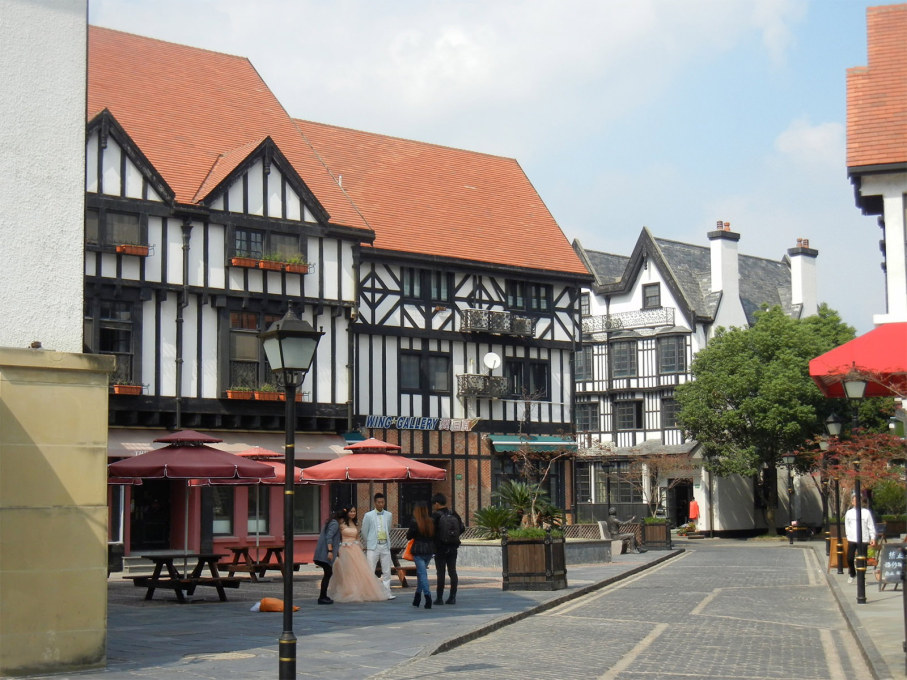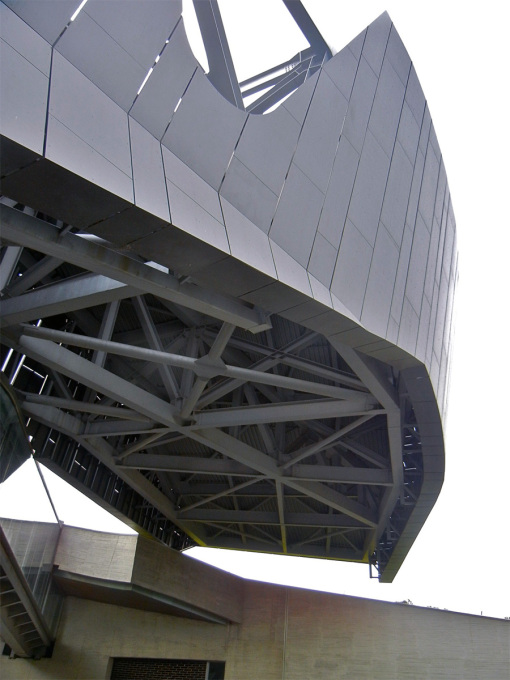Barely three years old, the sprawling HQ building that Morphosis built for a Chinese tech billionaire outside Shanghai – with its rearing dragon-like form – is looking more like a nostalgic nod to an analogue past of Western-trophy architecture than the digital future, as Dan Borden reports.
In the swampy hinterlands an hour from downtown Shanghai sits the secluded fiefdom of Chinese billionaire Shi Yuzhu. At its heart is a sprawling, enigmatic building by California-based architects Morphosis, the headquarters of Mr Shi’s online gaming firm Giant Interactive Group (GIG), completed in 2010. Its layered forms, rising up then merging with the landscape, are designer Thom Mayne’s carefully orchestrated take on the collision of three powerful forces: Mr Shi’s ambition, the needs of his workers and the demands of nature.
Mr Shi enlisted Mr Mayne to create an icon of China’s future on a par with Rem Koolhaas’s CCTV building in Beijing. While some Western architects embellish their Asian projects with heavy-handed symbolism – skyscrapers as mammoth pagodas or Chinese characters - theory-based Morphosis shy away from such simplistic references. Still, approaching the GIG building across a man-made lake, the rolling form along the shore seems clearly to resemble a dragon. Its most distinctive feature is a shoebox-shaped protrusion cantilevered 45 metres out over the water like the beast’s rearing head. This houses Mr. Shi’s apartment and a boardroom whose glass floor reveals the murky water below.
Visitors enter through an inconspicuous slot in the side and join the building’s central circulation route. This 400-metre long spine winds from Mr. Shi’s domain through the open communal work space into a public zone with café, gallery, library and auditorium.
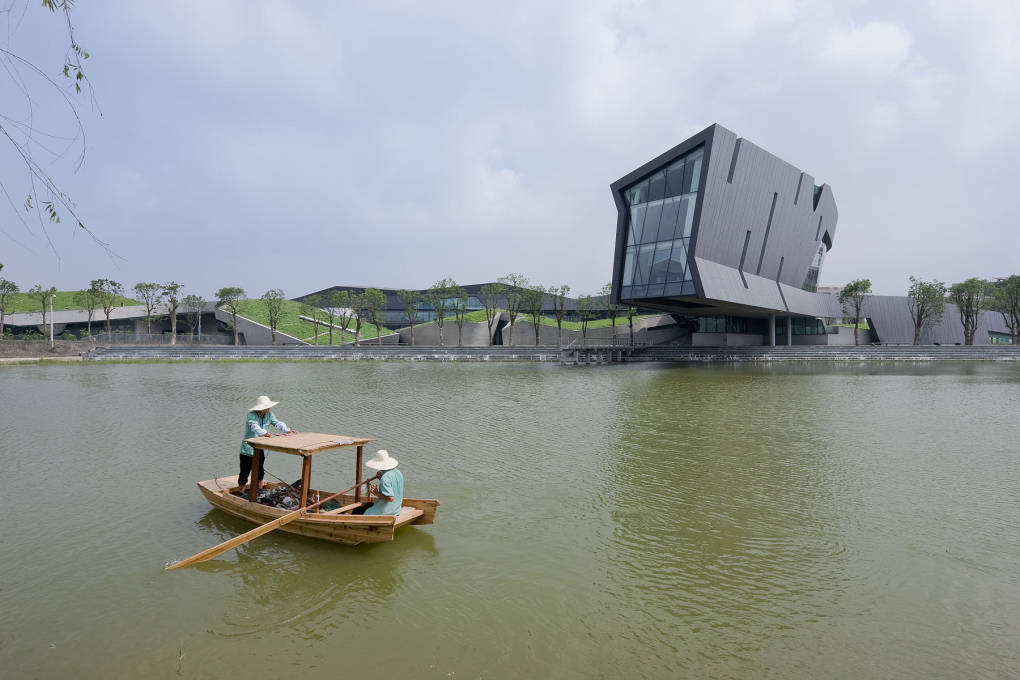
The circulation spine bridges a service road and cuts through a recreation wing with gym, swimming pools and basketball court, then ends at a row of guest rooms along the back façade. Visitors emerge out the rear end onto a tail-like jetty aimed straight at Shi’s rambling mansion across the water.
To feed its exploding economy, China has famously transformed and exploited its environment, often recklessly. The GIG building tries to make amends with a rolling turf-covered roof pierced by openings that reveal the skeleton below. Skylights and generous expanses of double-paned curtain wall allow daylighting throughout. But Shi’s kingdom isn’t entirely in balance with nature. The green roof is blanketed with non-native plant species and conspicuous rat traps. The artificial lake, tied to a network of industrial canals, is ominously wildlife-free. The building’s biggest environmental imbalance, however, may lie with human nature.
China’s young, educated workers are fanatically computer-savvy. The 600 designers at GIG take that passion a step further. The company develops MMORPGs: “massively multiplayer online role-playing games”. Mr Shi’s workers spend much of their waking life enveloped in these fully-realised virtual worlds, both as creators and players. Most GIG employees also call the campus home, bunking in rows of dormitories literally in their boss’s shadow. Surrounding the campus is a patchwork of industrial parks and vacant scrubland. The Morphosis building serves as more than a workplace – it’s the heart of a surrogate hometown.
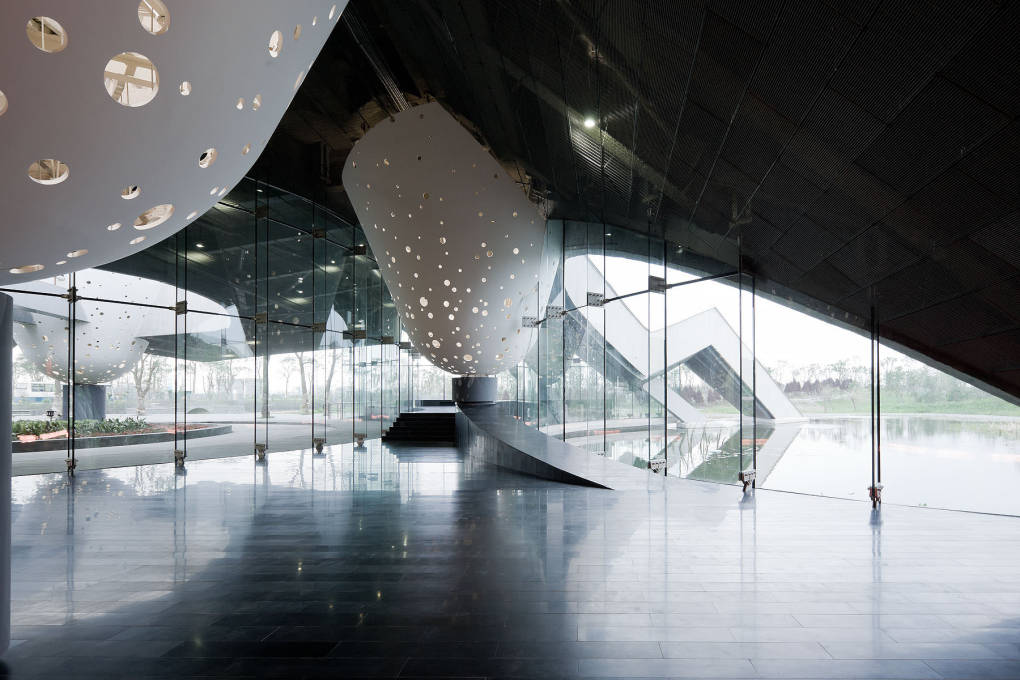
Pritzker Prize-winner Mayne preaches liberation from traditional Western notions of physical beauty. His antidote: irregular forms and jagged angles rendered in cool materials and cooler colours. For GIG’s young workers, unburdened by such notions, physical beauty means the shortest route between their computer and the nearest snack, Red Bull or toilet. Unsurprisingly, many seem disengaged from Mayne’s bleak building. Gestures meant to blow minds just grate on nerves. Why trek to the swimming pool via a zig-zagging sky-walk when you can just cross the street? In fact, why trek to the pool at all? In a building all about dynamic forms, these kids just want a quiet perch to flip open their communicators and beam up to a better world.
A ten minute drive west of GIG is another icon of the New China, a gated community know as Thames Town. This detailed replica of a British village, the work of Surrey-based architects and planners Atkins, was designed to seduce upscale Chinese. Eight years after completion, its uninhabited streets serve primarily as a backdrop for wedding portraits.
One could argue that Thames Town is a simulacrum while Mayne's GIG complex is the “real thing”, but both are equally tangible and aim to enchant the same rising class of Chinese. A GIG executive might wake in Thames Town’s fantasy past then commute to labour in Mayne’s stylised future. But both alienate their target market by trying too hard to dazzle by means of Western-derived architectural spectacle, an analogue language increasingly lost to digital-age ears.
The Giant Interactive Group headquarters’ status as a Gesamtkunstwerk by a pedigreed genius guarantees it will be reverently preserved in its original state, ageing into a charming relic of a simpler time. Compared to the infinitely malleable, morphing architecture of the digital realm, Mayne’s complex looks less like a dragon and more like a dinosaur.
– Dan Borden, after working as an architect in New York, settled in Berlin to write and make films.




